#fashion wear
Text
Fan Bingbing for L'Officiel (aw23 issue) photographed by Chen Man

#vinrauge#vinraugefashion#modatasarım#chen man#fashion 2023#haute couture#fashion week#istanbul#versace#design#fashion collection#fashion desingers#fashion wear#chinese fashion#milan fashion week#fashion illustration#winter fashion#fashion design#fashion designer#fashion
70 notes
·
View notes
Text


Butterfly dress 🦋🌷🍄💞
#aesthetic#pale#art#cute#flowers#love#pink#dress#pale butterfly#butterfly#butterfly dress#fashion wear#fashion#ethereal dress#ethereal
27 notes
·
View notes
Photo
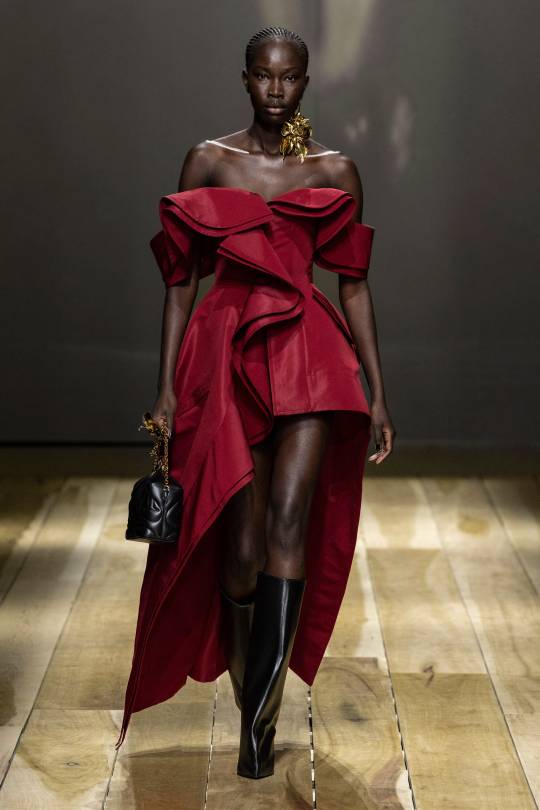
Alexander McQueen Fall 2023 PFW
185 notes
·
View notes
Text
The Decline of Luxury

Luxury fashion has long been synonymous with timeless elegance, superior craftsmanship, and exclusivity. However, in recent years, a growing concern has arisen in the industry regarding the declining quality of luxury brands. Many fashion enthusiasts and critics argue that the pursuit of profit and the fast-paced nature of the fashion industry have led to a compromise in the quality of these prestigious brands.
Bernard Arnault and the Changing Landscape of Luxury
Bernard Arnault, the influential businessman and chairman of LVMH Moët Hennessy Louis Vuitton, has played a pivotal role in reshaping the luxury fashion landscape. He has transformed LVMH into a global powerhouse, with a portfolio of more than 70 iconic brands including Louis Vuitton, Moet & Chandon, and Hennessy.
While his influence has undoubtedly been substantial, it has not always been beneficial for the industry as a whole. For the last two decades, Arnault has been at the forefront of big-name luxury brands, often with the goal of expanding their reach and profitability. However, this expansion has come at a cost.
In the 90s, luxury fashion felt untouchable. The prices were high ( not as high as in today’s age ), but they were justified by the exquisite craftsmanship and exclusivity that these brands offered. Luxury fashion was an aspirational status symbol for those who could afford it, and it wasn’t just about that status, it was about the craftsmanship of the Haute-Couture, the eye to detail in every piece, the piece of garments that was made for you and lasted for generations to come.
Arnault's vision, on the other hand, aimed to make luxury more accessible to a wider audience. We all know what that means– if brands want to appeal to the global audience, then they need to think quickly, craft it quickly, and sell it quickly. This shift in strategy has led to the popularization of luxury goods, but it has also resulted in a saturation of the market and a decline in quality.
The Erosion of Quality
One of the most significant consequences of the luxury fashion industry's rapid expansion and mass-market accessibility has been the erosion of quality. In the pursuit of profit and market share, many luxury brands have cut corners in production, using cheaper materials and less skilled labor. This cost-cutting approach has compromised the quality and craftsmanship that were once the hallmark of luxury fashion.
Luxury brands that were once renowned for their attention to detail and commitment to excellence have fallen victim to the desire for higher profit margins. The result is that products are now more costly and of inferior quality compared to their 80s and 90s counterparts. In an era where consumers are increasingly seeking value and authenticity, this decline in quality raises concerns about the long-term sustainability of luxury brands.
The Impact on Consumers
As luxury fashion brands chase higher revenues and broader customer bases, they risk alienating their loyal, long-standing customers who expect nothing less than the best. This shift in focus from quality to quantity has begun to manifest itself in the mass market as well, where discerning customers are beginning to notice the diminishing quality of luxury goods.
For example, luxury handbags that were once known for their durability and timeless design may now show signs of wear and tear more quickly, ( I am looking at you Louis Vitton ). Garments from renowned fashion houses may lack the same attention to detail in their stitching and finishes ( Versace isn’t the same anymore, I said what we are all thinking ). This decline in quality not only affects the brand's reputation but also creates a sense of disillusionment among consumers who once held these brands in high esteem.
The Future of Luxury Fashion
The decline in quality within the luxury fashion industry is a cause for concern, as it threatens the very essence of what luxury represents. While Bernard Arnault's vision of accessibility and market expansion may have contributed to this issue ( as every Billionaire with a capitalistic dream does ), the industry as a whole must reevaluate its priorities.
To restore the integrity of luxury fashion, brands need to refocus on craftsmanship, quality, and exclusivity. It's essential for luxury brands to strike a balance between making their products more accessible without compromising on the standards that made them iconic in the first place. By delivering on the promise of superior quality, luxury brands can regain the trust of their discerning customer base and ensure the long-term sustainability of their legacy.
I want to see seems well done by a seamstress who still values Haute-Couture, I want brands to value traditional craftmanship and use it in their collection and get inspired by it for decades, I want Designers to not fall into the temptation of money, I want fashion to slow down and know that the detail matters, because you will be remembered by it.
However, is not just the brands that are to blame, is the clients too, clients that don’t dare to question quality any longer or get curious about how their garments and pieces are constructed, there is no sense to the word "quality" any longer because all we wear and accept to wear is polyester or polyamide, a jacket with non-straight seems, or a seem that breaks after a week, heels that break as you walk, bags that get destroyed because you used it.
We need to question Lvmh brands and other Luxury Fashion brands on how are they so expensive and how they make their clothing, just like we question Fast Fashion Brands on how their clothes are so cheap.
#fashion#style#couture#fashion blog#fashion style#gowns#fashion writer#fashion wear#fashion world#fashion women#fashion week#fashion journalism#journal#journaling#writers on tumblr#writerscommunity#writing#writing community#vogue#vogue magazine#editorial#painter#magazine#essay#essay writing#journalism#journalists#fashion journalist#fashion luxury#luxury
42 notes
·
View notes
Text

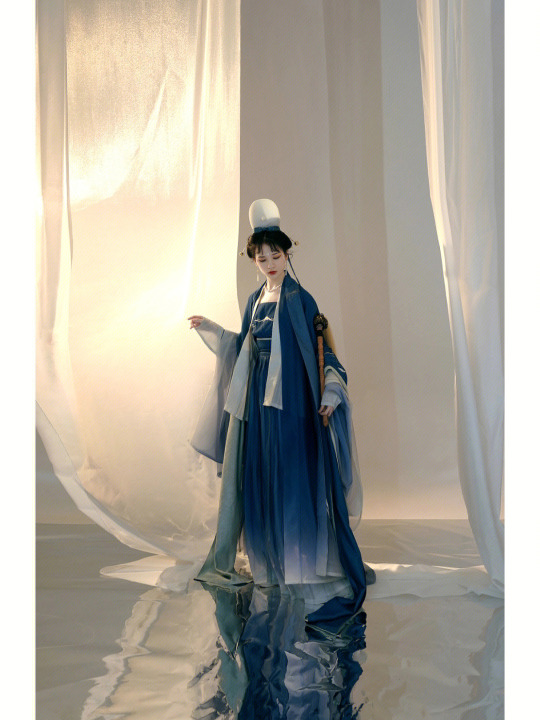


Latest Hanfu - Shang Yao Ju
512 notes
·
View notes
Text
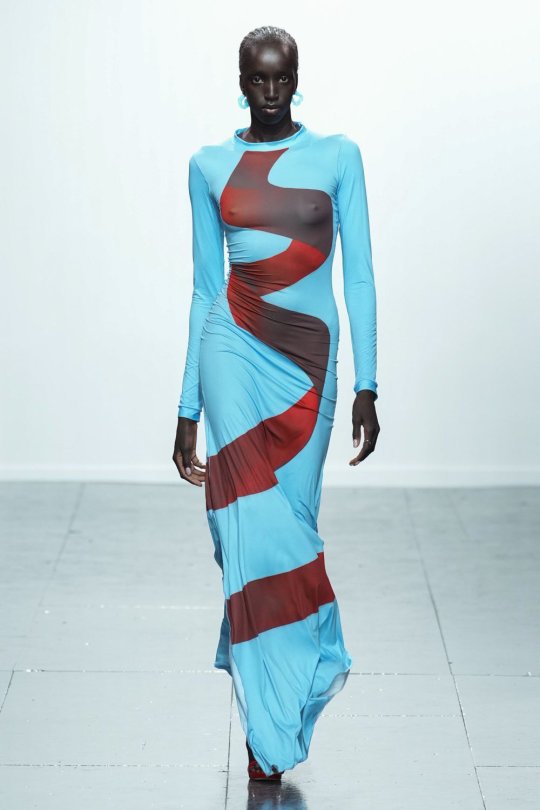
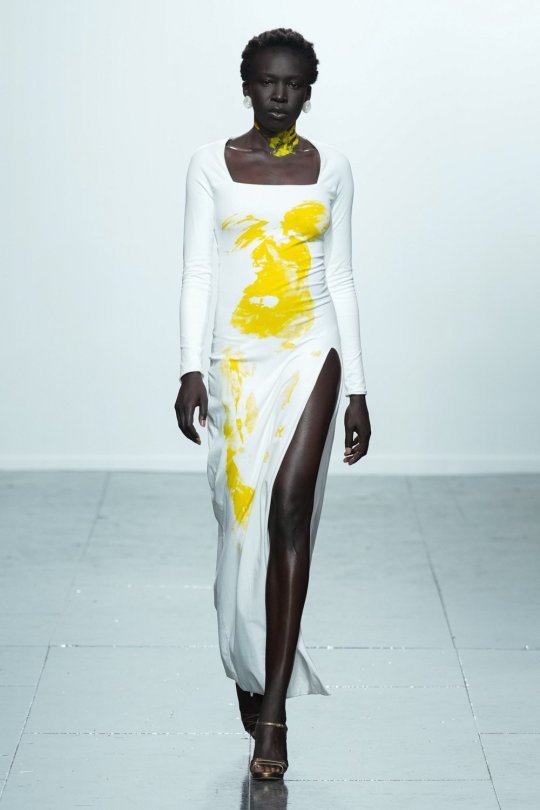

Feben SS24
#fashion#high fashion#luxurious#luxury#black tumblr#fashion model#fashion week#allbeautifulblackwomen#black girl#black woman power#fashion wear#fashion statement#fashion world#fashion women#fashion muse#model fashion#fashion magazine#fashion moodboard#fashion moments#fashion month#runway walk#runway model#runway fashion#runway#feben#ss24#ss2024#fashion catalogue#fashion show#fashion school
37 notes
·
View notes
Text
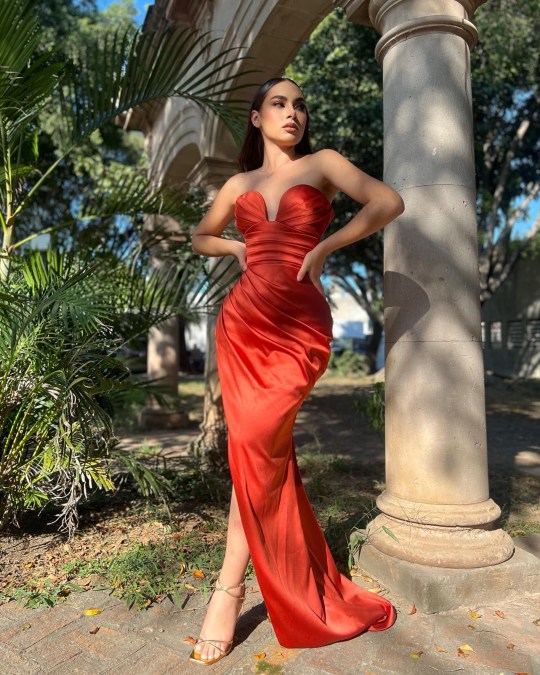
Daisda Fashion Sweetheart Sleeveless Split Evening Dress
#evening dress#party dress#prom dress#fashion dress#ball gown#graduation dress#dress#fashion wear#eveninggowns
13 notes
·
View notes
Text

🕊️🌏
7 notes
·
View notes
Text


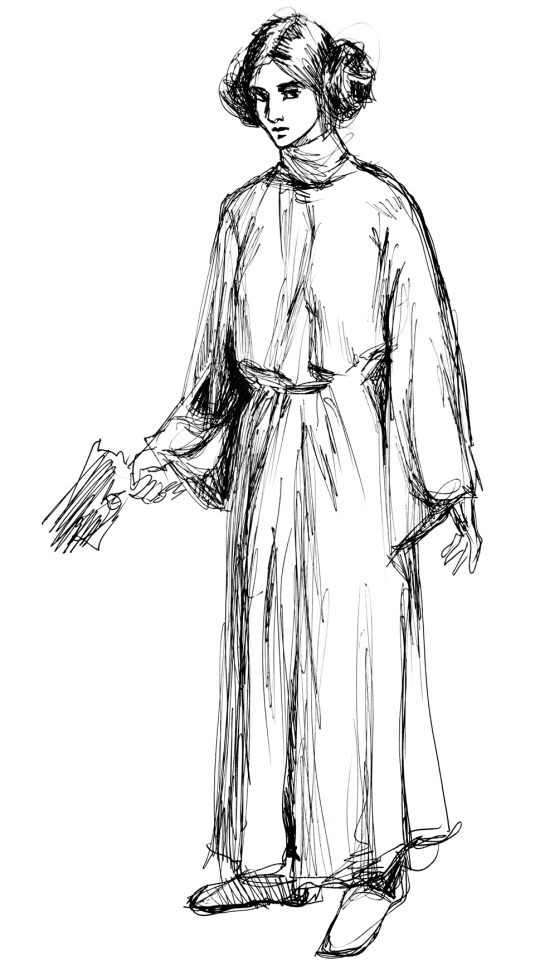
A very motley crew of ladies drawn in ballpoint pen, studying an assortment of garments🖊
#ladies#ballpoint pen#fashion wear#leia organa#drapery#folds#dress#winter wear#black pen#figure study#figure drawing#pose practice#sketch
9 notes
·
View notes
Text
Academy of Art & Design® Estd. 2001 - FASHION DESIGN | INTERIOR DESIGN | FASHION TAILORING
9987002023 | 022 27714343 | https://www.instagram.com/academyofartanddesign/ | [email protected] | Nerul, Navi Mumbai
DOWNLOAD PROSPECTUS : https://drive.google.com/open?id=0ByzJXmem9bIKYl8xMW9sV25JOE0
#fashion design#fashion style#fashion nova#youtube#fashiondesign#fashion blogger#fashionstyle#fashion look#fashion wear#fashionnova
2 notes
·
View notes
Text
momo hirai at the miu miu ss 24 fashion show
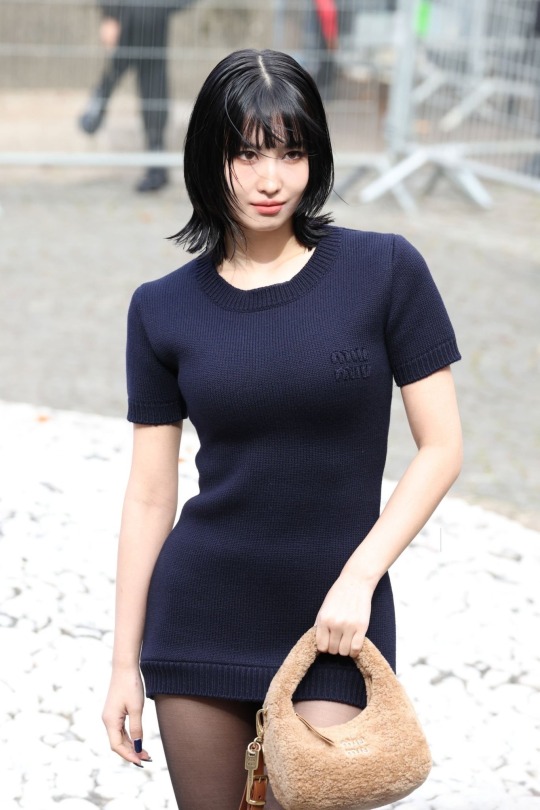
#miu miu#fashion desingers#fashion wear#fashion collection#chinese fashion#milan fashion week#fashion illustration#winter fashion#fashion design#fashion designer#fashion#divinefemmeda
30 notes
·
View notes
Text
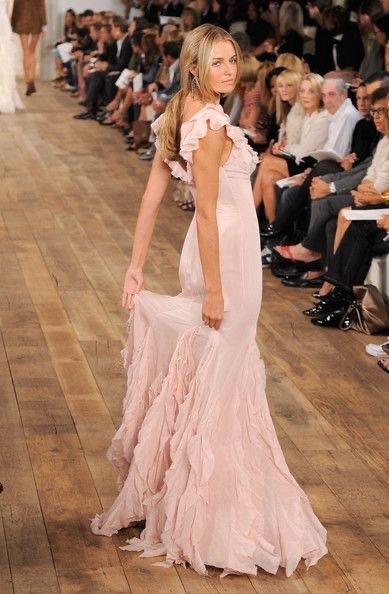
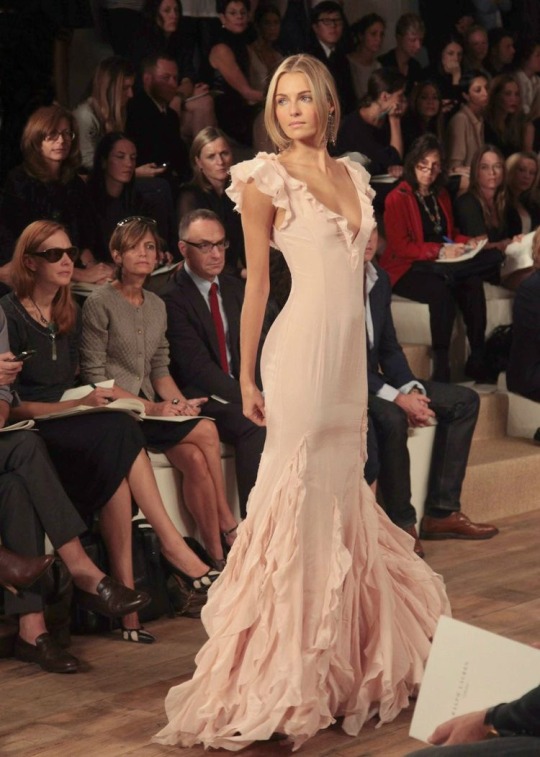


Ralph Lauren Spring 2011
#long dress#high fashion#fashion#runway#haute couture#fashion week#fashion wear#ralph lauren#pink dress#coquette aesthetic#coquette#new york fashion week#new york fashion show
13 notes
·
View notes
Photo

Givenchy Fall 2023 PFW
17 notes
·
View notes
Text
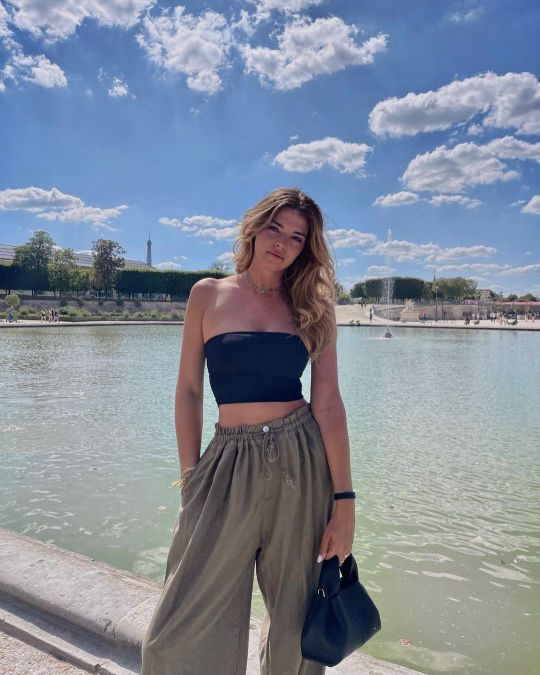
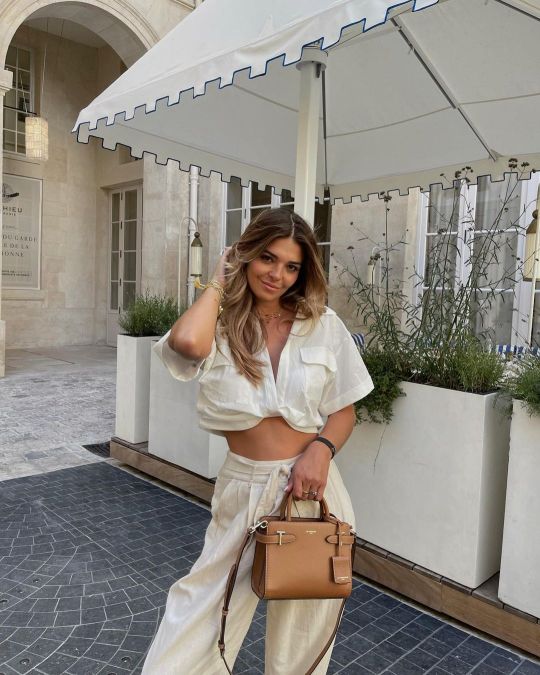
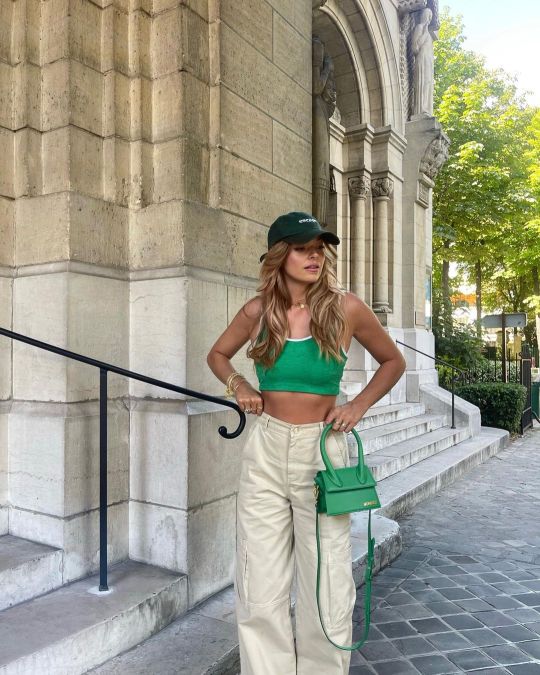
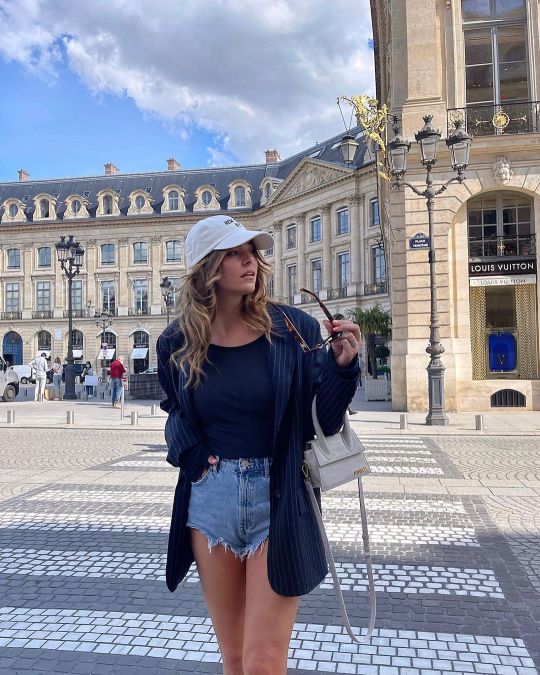
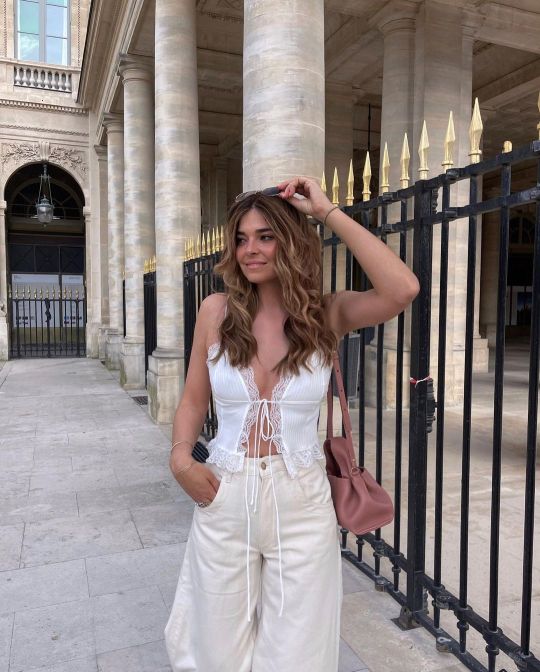
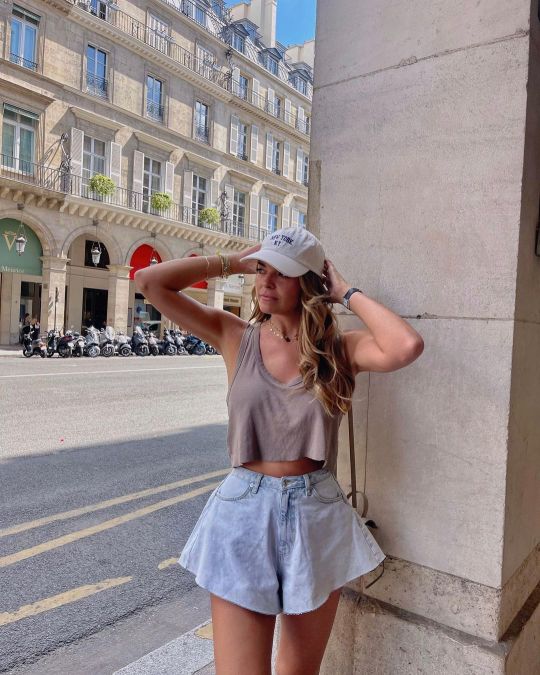
Summer Collection 2023 🌞 ⛱️ Visit: Trending Hashtags
#trending#fashion#summer fashion#summer collection#summer 2023#tiktok#fashion wear#fashion week#trending fashion#insta fashion
7 notes
·
View notes
Text
The Femme Fatale Aesthetic & Lifestyle

The Femme Fatale style, known for its seductive allure and dangerous charm, has captivated audiences for decades. Originating in the early 20th century, this enigmatic archetype emerged as a powerful symbol of female empowerment and rebellion against societal norms.
Drawing inspiration from film noir and pulp fiction novels, the Femme Fatale embodied a complex blend of sensuality and cunning intelligence. With her alluring beauty, she navigated a world dominated by men, using her charm as a weapon to manipulate and control those around her.
The origins of the Femme Fatale can be traced back to ancient mythology, where femme fatales such as Cleopatra and Delilah wielded their attractiveness to entice and deceive powerful men. These mythical figures laid the foundation for the archetype's evolution throughout history.
In the early 20th century, the rise of silent films provided a platform for actresses to embody these captivating characters. Icons like Theda Bara and Greta Garbo showcased their magnetic presence on screen, captivating audiences with their smoky eyes, crimson lips, and mysterious personas.
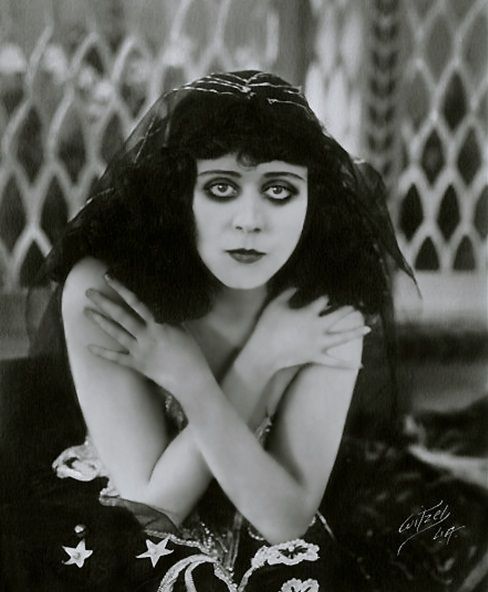
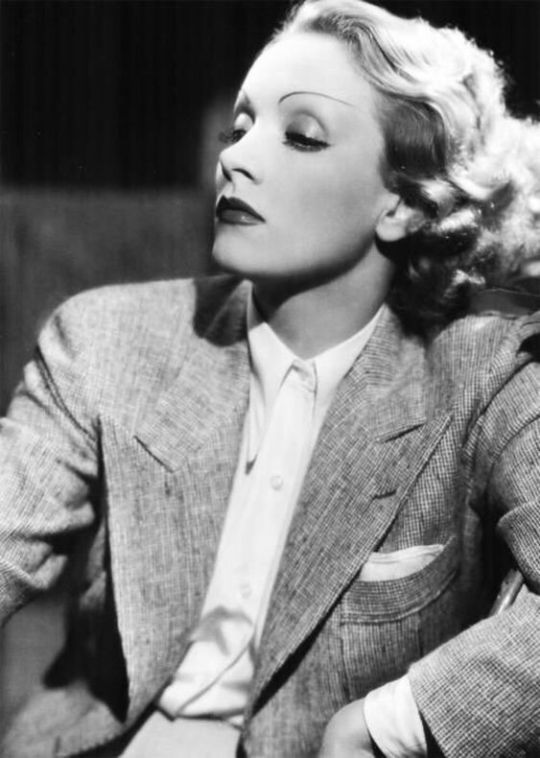
The Femme Fatale fashion emphasizes form-fitting garments that accentuate the female silhouette. Dresses in rich fabrics like satin or velvet, with plunging necklines or high slits, reveal just enough skin to tantalize. The color palette includes deep hues like black and burgundy, evoking mystery and sensuality. Accessories such as bold jewelry pieces and sheer stockings paired with heels enhance the look. Makeup focuses on captivating eyes with smoky eyeshadow and dark red lipstick for sensuality.

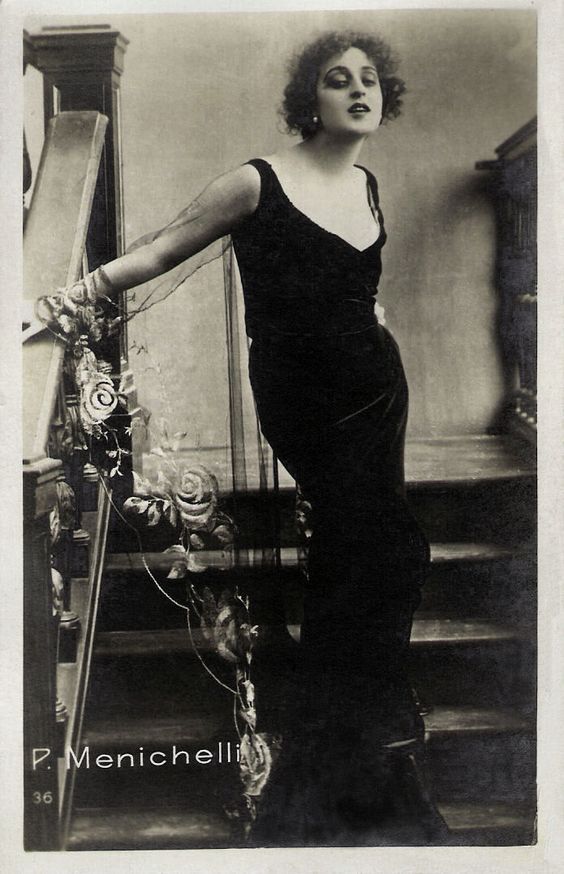
As time progressed, the Femme Fatale style evolved alongside cultural shifts in society. It became a symbol of women reclaiming their power and challenging traditional gender roles. From Marlene Dietrich's provocative performances to modern interpretations by artists like Lana Del Rey, the allure of the Femme Fatale continues to captivate our imagination.
Today, the Femme Fatale remains an enduring figure in popular culture—a reminder that strength and vulnerability can coexist within one captivating persona. Whether seen as a cautionary tale or an embodiment of feminine power, the legacy of the Femme Fatale style endures as a testament to the timeless appeal of mystery and allure.
#fashion#style#couture#fashion blog#fashion style#gowns#fashion writer#fashion wear#fashion world#fashion women#fashion week#fashion journalism#journal#journaling#writers on tumblr#writerscommunity#writing#writing community#vogue#vogue magazine#editorial#painter#magazine#essay#essay writing#journalism#journalists#fashion journalist#fashion trends#fashion magazine
2 notes
·
View notes
Text


TFB status
#fashion#fashion wear#street style#avant garde#rick owens#raf simons#fitspiration#styleinspo#urban art#fashion clothes#ken carson#destroy lonely#opium aesthetic#opium label#dope#swag#fashion style#raf#Rick#420#fit pic#toronto#vampcore#vamp#dripculture#dripset#archive fashion#urban fashion
2 notes
·
View notes